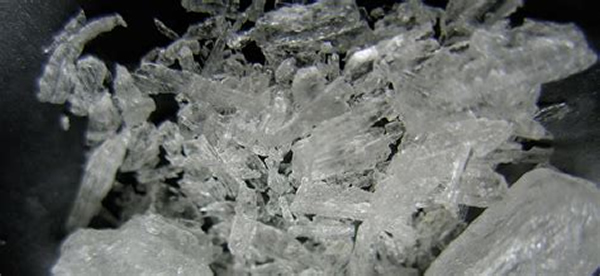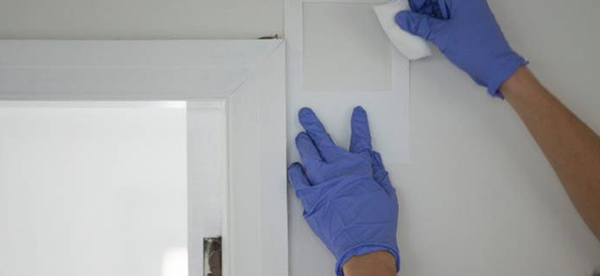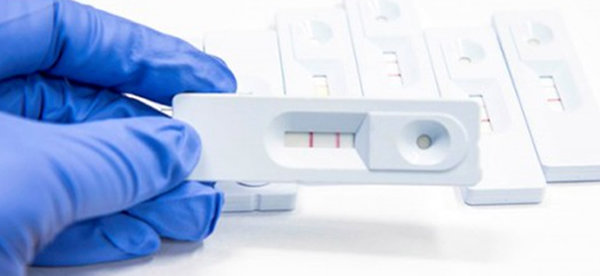Methamphetamine Testing
What is methamphetamine contamination?
Little research has been undertaken on the effect of methamphetamine (meth) contamination on people living in homes that were used as drug labs or where meth users previously lived. This raises concerns that the health effects are not fully known yet. However, we do know that methamphetamine does stay on surfaces for many years after contamination!
Methamphetamine contamination is the by product or residue left after meth has been smoked, manufactured or stored in a property. The residue is absorbed into the building fixtures, soft furnishings and even household items. The contaminants are easily absorbed into the skin by touching contaminated surfaces and then touching your eyes, nose or mouth.

Difficult to Detect
You can’t see it, you can’t smell it and you can’t feel it! Unlike the older methods of meth manufacturing, new methods of production make the process odourless and there is no distinctive colour staining. So how do you know if this substance is at a dangerous level in the house you are planning to purchase or rent? Rental properties are most at risk of meth contamination. How do you know if previous tenants have been using the premises as a meth drug lab? You don’t! The only way to detect if a property is contaminated, is to have it tested. Watch the video below to learn more about the new asbestos - methamphetamine.
https://www.youtube.com/watch?v=d5Nct9JLqOI
Demographics
The number of regular users who report using methamphetamine has increased from 22% to 57% between 2010 and 2016. In Australia as a whole, one in ten homes tested positive. The cost to clean up this toxic substance is often more than $100.000. Carpet, curtains, wall linings, ceilings, insulation, air conditioners and heating will need to be tested. The drug remains in the home years after the users or manufacturers have moved out. This drug does not biodegrade. It can leach through newly painted walls and newly laid carpet. The property may even need to be knocked down and rebuilt.

What are the symptoms?
Source: enHealth Guidance on: Clandestine Drug Laboratories and Public Health Risks - January 2017
Methamphetamine residue is toxic having serious long-lasting health affects to those who are exposed. Health effects as a result of meth exposure are listed below:
- Respiratory problems, especially in asthmatics
- Eye and skin irritation
- Headaches
- Anxiety
- ADHD and behaviour like psychosis
- Problems sleeping and behavioural problems in children
Possibly the new asbestos!
The greatest threat to rental properties is meth users. Regular use inside these properties can result in levels in the premises being as high as in a meth lab. Early detection via regular testing of rental properties for meth contamination is the best preventative strategy.
Prevention is better than cure!
Tenants can be evicted if the premises have tested positive. Early detection reduces the clean-up cost to owners of the property. As a landlord or property manager, we recommend that you regularly check the premises for signs of meth use or manufacture before, during and in between tenancies.

On site testing
Hit the Mark performs on site testing to detect unsafe levels of methylamphetamine residue greater than 0.50 micrograms - the accepted Australian Standard for residential homes. If positive, swabs are taken and sent for forensic laboratory analysis to determine the exact level of contamination. This will determine what measures will need to be undertaken to decontaminate the meth residue. If levels are too high, more drastic action will need to be implemented such as removal of curtains, carpets, wall or floor linings. If exhaust fans have been used, the roof space will require treatment. Ducted air conditioning or heating can spread meth residue to other rooms also which will need remediation.














